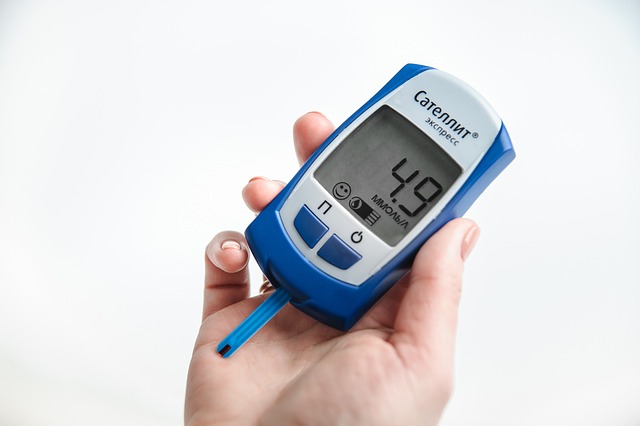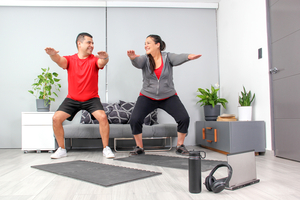Are you doing everything you can to prevent diabetes? If you have prediabetes, you can make healthy lifestyle choices to prevent or delay the onset of type 2 diabetes. That is the basis for the Diabetes Prevention Program.
As you know from using Lark DPP, losing weight and increasing physical activity can dramatically lower blood sugar and reduce insulin resistance. A lot of the focus is on moderate-intensity physical activity, such as walking, but there is another type of activity you can do to lower insulin resistance and diabetes risk.
Resistance or strength training can be a worthwhile component of your exercise program and diabetes prevention plan. Almost everyone can benefit from adding resistance training to their schedule, but there are a lot of myths that act as barriers. These are some myths about resistance training along with the truth about them.
Myth: Resistance training makes you bulky.
Truth: You can use strength training to bulk up if you want to, but getting stronger does not automatically mean getting bigger. Many or even most people who participate in resistance training do not bulk up. Instead, they tone up.
Myth: Resistance training does not lower blood sugar.
Truth: You may hear a lot about cardio or aerobic activity to lower blood sugar, but resistance training also helps. It increases insulin sensitivity (reduces insulin resistance) and improves glycemic control. Isn't that what you want when you have prediabetes?!
Myth: Resistance training does not have many other health benefits.
Truth: Resistance training has a ton of health benefits! It reduces abdominal, or visceral, fat, which is the type of fat linked to chronic inflammation and health concerns such as cardiovascular disease. Resistance training lowers blood pressure, which is especially important if you have prediabetes because having both high blood pressure and prediabetes greatly increases risk for both cardiovascular disease and diabetes. Finally, resistance training has benefits such as increasing bone strength.
Myth: There is no reason for you to be stronger.
Truth: You may not compete in weight-lifting competitions or have a physically demanding job or lifestyle, but a little extra strength never hurts. When you are stronger, you may find it easier to carry heavy bags of groceries into the house from your car, or you may discover that your back no longer hurts after you spend a day lifting your little son, daughter, niece, or nephew.
Myth: Resistance training does not burn significant calories or help with weight loss.
Truth: You may think of aerobic exercise or "cardio" as the choice for burning fat and calories, but resistance training helps, too. You may not burn as many calories during the actual exercise session, but resistance training builds lean muscle mass. Since muscles burn calories all day just from their metabolism, the result of strength training is that your metabolism increases and weight loss is easier.
Myth: You need fancy equipment, a personal trainer, or celebrity status to do resistance training.
Truth: You can use weights in the gym, but you do not need to go to a gym to do your resistance training. Aside from weight machines, dumbbells, barbells, and other traditional weights, you can do resistance training using:
- Body weight exercises.
- Resistance bands.
- Objects in daily life, such as heavy packages or babies and toddlers.
Myth: You need to have a personal trainer or to be an athlete to do resistance training.
Truth: You can do resistance training no matter who you are, as long as you have your doctor's approval. Ask an expert for help getting started if you are not sure about what exercises to do or how to maintain proper form. A personal trainer can help, but so can a friend who is an expert. You may be entitled to free demonstrations if you are a gym member.
Myth: It is too dangerous.
Truth: People tend to avoid weight lifting because they fear injury, but smart training can have the opposite effect. Injuries tend to come from lifting too much or having bad form, while resistance training, done right, can actually lower the risk of injuries in daily life and from your other exercises.
Myth: It takes too much time.
Truth: You can benefit from resistance training twice a week. Just incorporate exercises to hit every major muscle group and aim to go to fatigue, rest, and repeat. Your resistance training routine can take as little as 10 to 20 minutes and yield surprisingly great benefits.
Resistance training can give you a boost as you work to prevent diabetes, and getting started is not that hard. Consider adding in 2 sessions of resistance training per week, and you may look, feel, and be healthier.











.webp)







